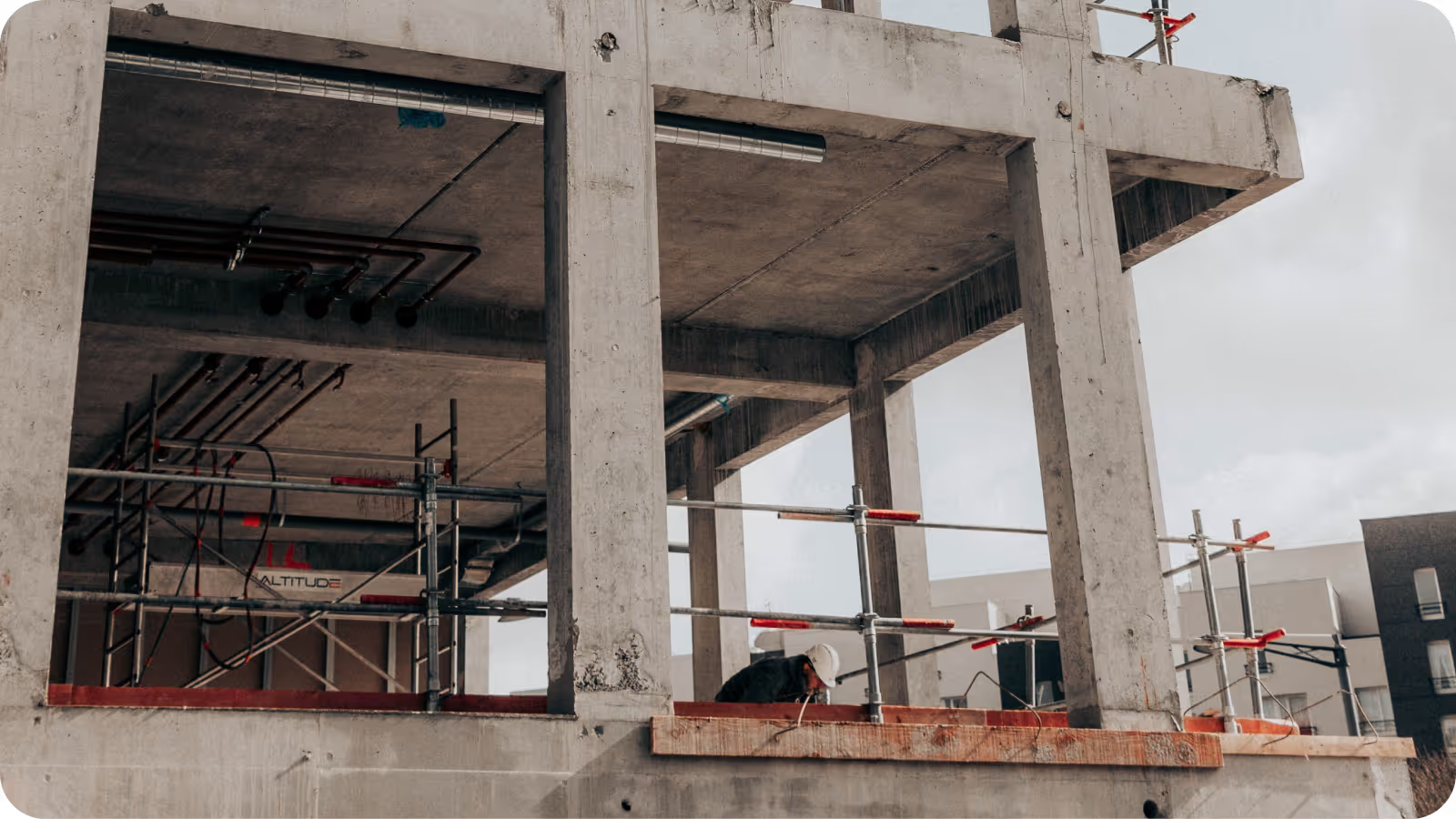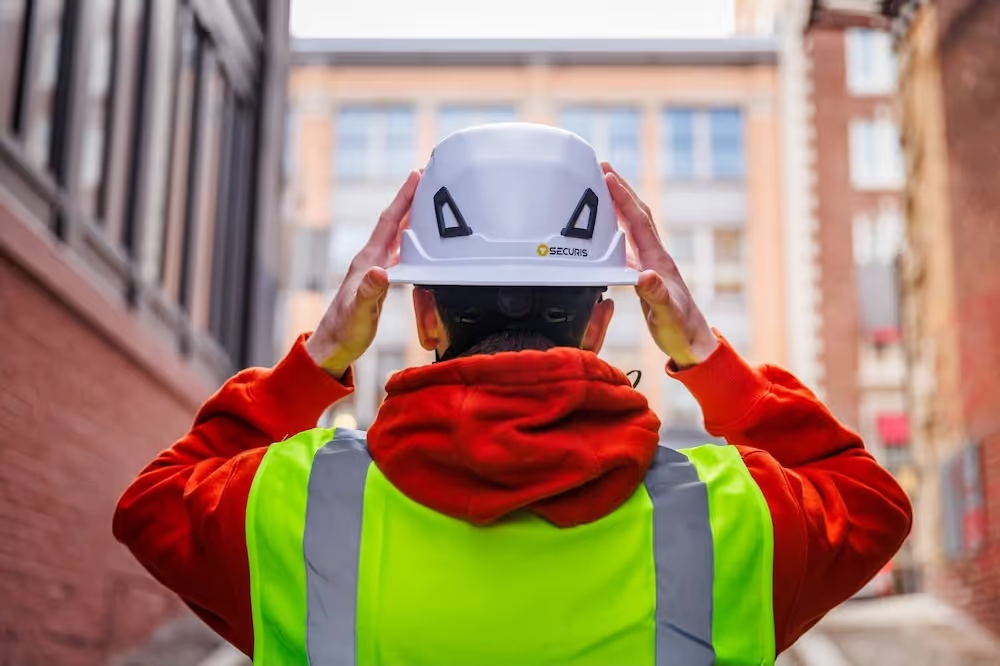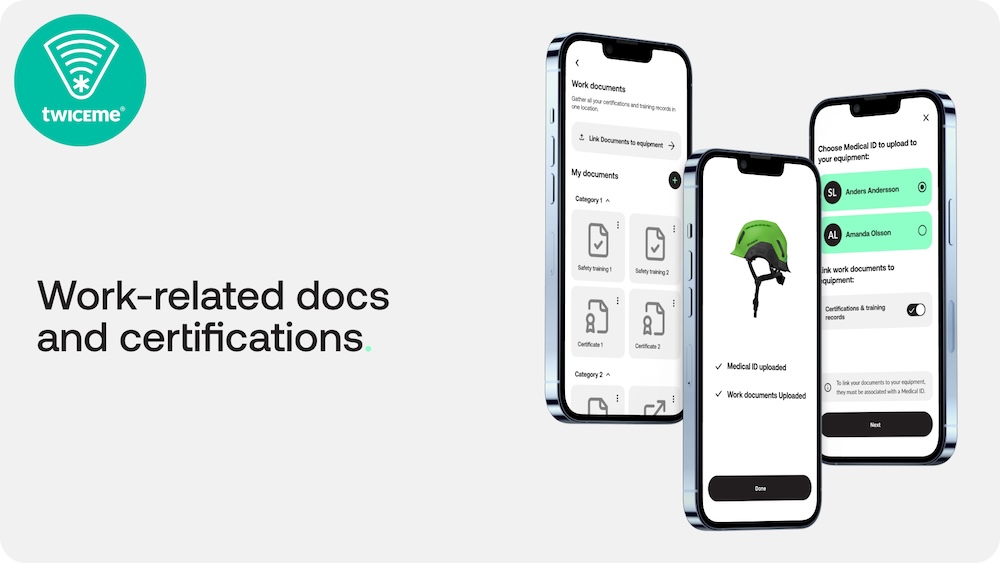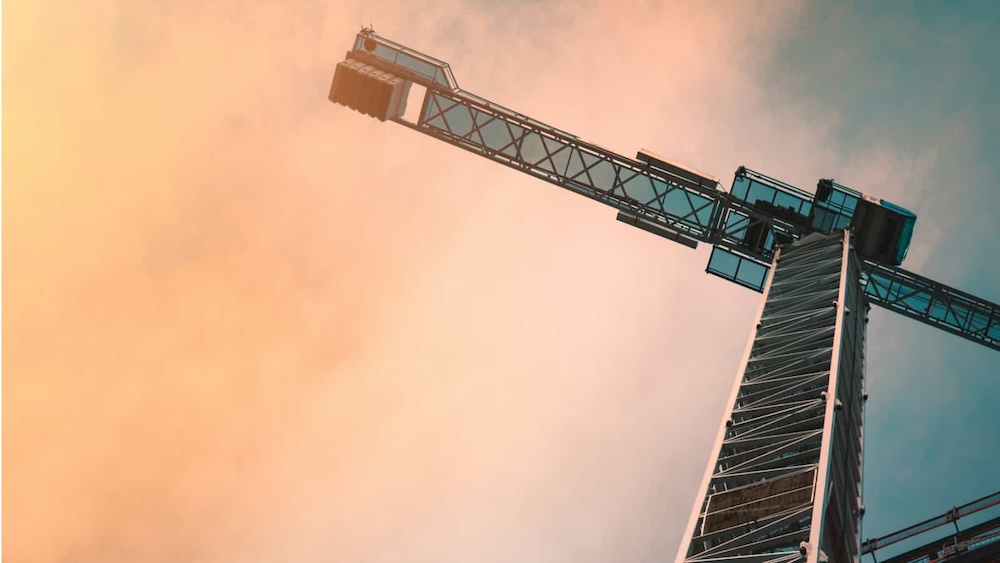Safer Future with Concrete Measures to Reshape the Industry
Construction faces high accidents and fatalities, costing millions yearly. Continue reading to learn more about experts' thoughts on workplace safety in this industry, what the challenges are today, and what the industry's future will look like.

The construction industry is struggling with an extensive amount of accidents and a high fatality rate. According to the International Labour Organization, the construction industry suffers from a disproportionately high rate of recorded accidents worldwide. Considering the US as an example, one in five worker deaths in the private sector in 2018 occurred in the construction industry. Luckily, not all accidents will have a fatal outcome, however, accidents cost American companies millions of dollars each year.
By taking responsibility through the implementation of measures to prevent accidents, both lives and money could be saved. For example, construction companies can save on average $32,000 for each medically consulted injury they avoid.
The numbers above speak for themselves. We need to broaden the implementation of safety measures to decrease the inflated number of accidents and fatalities in workplaces. An easy place to start is with what is already being widely adopted by workers worldwide; protective equipment. Let the gear designed to keep you protected pave the way for future progress, just like Guardio did with their groundbreaking safety helmet with both Twiceme and MIPS.
We wanted to ask experts in the field about their thought on workplace safety in this industry, what the challenges are today and what the future of the industry will look like.
Gavin How, Business Development Manager at ZERO Height Safety
With a genuine interest in developing safer protective equipment, Gavin How is responsible for developing business opportunities with international partners who appreciate true innovation. He has been in his current position at ZERO Height Safety for nearly 4 years and is continuing to inspire a whole industry through his work. Below are his thoughts:
Q: Many construction workers wear e.g. hard hats with no chin straps on. Consequently, the first thing to fall off in an accident is the helmet. Why do you think the construction segment hasn’t prioritized safety more in their equipment?
A: There is a myth or legend that a chinstrap will choke the worker if they become impaled or hooked in some way by their helmet. The chances of this happening are almost impossible, instead, it is much more appropriate that industrial head protection safeguards the worker from the real risks of TBI (Traumatic Brain Injury) by wearing a multi-impact rated safety helmet. This helmet should have a retention-rated chinstrap: this means that the helmet will stay on the workers’ head during an accident for the ultimate in safety & protection of the head, face, brain, and neck.
Q: In what way will the protective equipment in the construction segment be improved in the future?
A: Lighter, stronger, more comfortable, tech-smarter & safer protection by the use of better performing materials, design, technology, and innovation.
Q: In providing safer and thereby more expensive equipment to construction workers, do you think that there might be a challenge in the higher price point?
A: If you can show true value to any industry as to why they should change from PPE which is considered the normal level of protection (at the traditionally accepted price point), then that industry will adopt new technology and change to improve worker comfort, protection, and safety. Because ultimately- the better the comfort, safety, and protection of employees, the greater their overall work engagement, and job satisfaction will be resulting in better productivity and staff retention. Now that makes premium PPE a very small business investment with massive returns!
Marcus Jansson, CEO at Ingenjörsbyrå Kronqvist AB
Marcus is the CEO of a daughter company within the Kronqvist Bolagen Group. The nordic company is operational within the construction industry delivering everything from planning to the carrying out of construction projects. Marcus is a forward thinker and is always on the lookout for new ways to implement safety practices as well as new innovation. We asked him a couple of safety related questions below:
Q: What kind of systems do you use today for access to vital information about an employee and how do these work?
A: In Finland, we have a card named “Valttikortti” that is similar to what is called “ID06” in Sweden. On it, you can find information such as name, social security number, image and a tax number. The card can be scanned electronically. There are no other systems for further vital information about our employees as of today.
Q: Where is the industry heading in terms of workplace safety and prevention of accidents? How are injuries being reported?
A: The trend within the construction industry is that there are constant improvements regarding workplace safety and prevention of accidents. In smaller projects that are realized without external oversight, some flaws probably exist while larger contractors have made large advances within safety. In Finland, more responsibility has been transferred to the contractors in that they are required to present a safety plan for the project as a whole or part of the project. That plan is then reviewed by all employees on the project and signed. There is also a safety coordinator that is designated by the foreman or client. Sometimes, the safety coordinator is involved already in the planning stage.
Most serious contractors are deeply involved in their quality assurance systems and requires reporting of accidents and employees are required to report “close shaves” to work towards accident prevention. In case of a less severe accident, there is an internal investigation and a risk analysis which results in recommendations for actions. In case of a severe accident, it is handled by the authorities.
Ryan Barnes, Founder/CEO at Studson, Inc.
With the mission of saving lives and reduce severity of accidents in the construction industry, Ryan Barnes founded the brand Studson in 2020. By combining the most innovative materials and progressive design, the company aims to deliver the safest and most functional head protection possible. Previously, Ryan worked for POC as the Snow Category Sales Manager for more than 5 years and was greatly appreciated for his curiosity and competence, or as the former CEO and founder of POC Stefan Ytterborn said; “Ryan was always two steps ahead, deeply curious about was around the corner, reflecting on how to exceed aims and pace”. Below are his thoughts:
Q: Many construction workers wear e.g. hard hats with no chin straps on. Consequently, the first thing to fall off in an accident is the helmet. Why do you think the construction segment hasn’t prioritized safety more in their equipment?
A: The construction industry is a bit old school and slower to evolve new technology. Safety has now become a top priority for most. For example, the largest general contractor in Portland is just starting to implement safety helmets when many other smaller firms started this transition to helmets more than a year ago.
Q: In what way will the protective equipment in the construction segment be improved in the future?
A: I think you will see similar advancements that we’ve seen in other industries as OSHA (Occupational Safety and Health Association), ACG (Associated General Contractors) and Insurance companies are looking for ways to improve worker safety. The AI and technology segment is super big right now in the US.
Q: In providing safer and thereby more expensive equipment to construction workers, do you think that there might be a challenge in the higher price point?
A: I have done quite a bit of research on price point and although the premium for safety helmets is much higher than your typical hard hat, industry professionals realize it’s a worthwhile investment. The average cost for an accident that involves litigation is over 1M USD so the savings on premiums or attorney fees speaks for itself.
Discover More Exciting Content.
Explore more related articles

Securis Selects Twiceme Technology as Its Connected Safety Partner for Entire Product Line of Industrial Safety Helmets

Twiceme CEO Joins ISEA Executive Summit Panel to Discuss Connected Safety

The Digital Divide in Construction Safety

Introducing Twiceme's New Feature: Work-related Documents and Certifications Upload
.jpg)
Twiceme University: Newly Launched Online Education Platform
